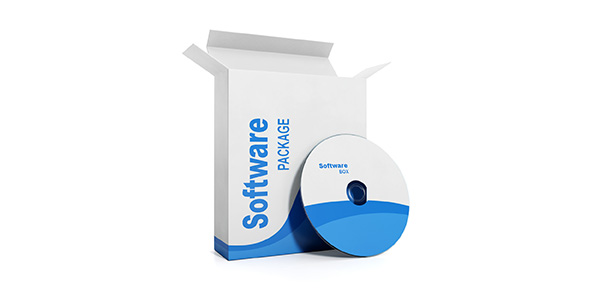Related Flashcards
Cards In This Set
| Front | Back |
|
Inline
style sheets apply only to the content of a single XHTML element,
document-level style sheets apply to the whole body of the document.
|
|
The rel attribute is used to specify the
relationship of the linked-to document to the document in which the link
appears. The href attribute is used
to specify the url of the style sheet document.
|
|
To have a
style sheet that applies to more than one document.
|
|
Inline
style sheets/specifications appear within the opening tag and apply only to the
content of that tag.
|
|
Document
level style specifications appear in the document head section and apply to the
entire body of the document.
|
|
The
external file consists of a list of style rules like:
p {…} h {….} |
|
/*document
level comments in style section*/
|
|
Class
selectors are used to allow different occurrences of the same tag to use different
style specifications.
|
|
A generic
class is defined without a tag in its name and used so that a class of style
specifications can apply to the content of more than one tag.
|
|
They are not case sensitive.
|
|
The
browser uses the first font in the list that it supports. If not, it moves on
to the next one.
|
|
The order
in which the property values are given in a font value list is important. The
order must be as follows:
· Font names must be last · Font size must be second last · Font style, font variant, and font weight, when the are included can be in any order but must precede the font size and font names · -> font style, variant, weight, size, names |
|
·
Line-through, overline, underline
are used for putting lines in the text
·
None is used to specify no
underlines (links ie)
·
The letter-spacing property controls
the amount of space between the characters in the text.
|
|
It
determines what precedes the items in an unordered list.
|
|
Disc,
circle, square, or none
|





